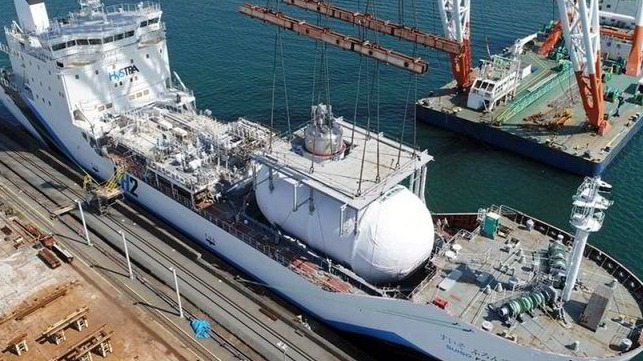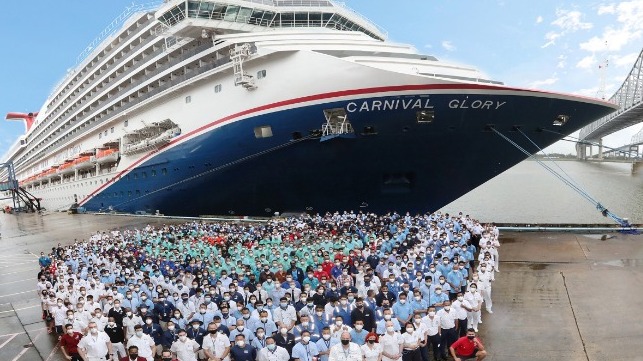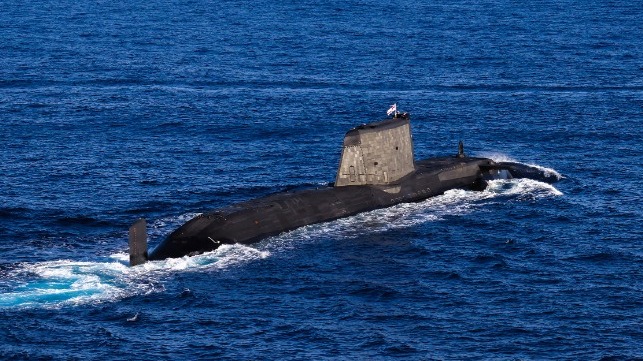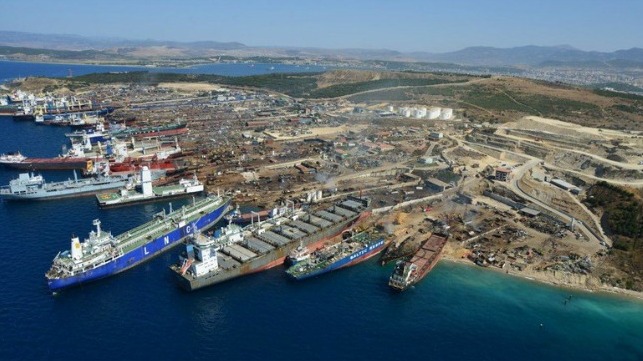For UK government representatives at the conference, the UK’s presidency of the UN Climate Change Conference COP26—set to take place in Glasgow at the end of October—was promoted as an opportunity for progress.
Clarifying the stakes, Paddy Rodgers, Director, Royal Museums Greenwich said “Before we went into COVID we saw Australia on fire, we’ve seen the West of the US on fire for most of the last two years. More recently we’ve seen the East of the US and Germany with civilians drowning in the streets or in their basements. This is the impact of relatively minor changes in the climate and a long way off the predicted and feared levels we are trying to stop.”
In her opening address, The Rt Hon Anne-Marie Trevelyan MP, UK International Champion on Adaptation and Resilience for the COP26 Presidency, Minister of State for Business, Energy and Clean Growth said “We are working tirelessly across Whitehall to develop those ambitious shipping initiatives which will be presented at COP26… these initiatives are aimed at accelerating deployment of zero emissions technologies and fuels over the next decade and beyond, enabling the transition to net zero emissions shipping to really begin.”
Alderman William Russell, Lord Mayor of the City of London said that every single sector of society had a role to play in decarbonisation, and quipped “It’s the green economy, stupid!”
Stressing the urgency of the need to decarbonise, Nigel Topping, UK’s High-Level Climate Action Champion, COP26 said “The UK has been very clear that the world needs to bring enough ambition to the table in Glasgow to keep a warming limit of 1.5 degrees C within reach. As the recent report from the IPCC has made crystal clear, our pathway to that goal will be out of reach unless we dramatically change course.”
A panel discussion on reducing GHG emissions urged support for early movers in green technologies and alternative fuels, stressing the need for demonstrator projects to get underway. Financial support from governments to establish pilot projects is a critical starting point for gathering data, improving technology and moving towards scalable solutions for industry, said the panel.
Katharine Palmer Shipping Lead, Climate Champions said that significantly more investment needed to flow into the shipping sector, and that we as a sector need to demonstrate that we are a safe investment. “Trying to reduce that uncertainty around getting investment flow into the sector to support demonstrator projects is important at the moment… and the ask from governments is around the benefits of public-private funded projects to get demonstrators on the water.”
Once the demonstration projects are funded and underway, the sharing of the data and findings will help identify optimum pathways forward for different types of shipping.
Nick Brown Chief Executive, Lloyd’s Register agreed that the results of over 200 various tests and projects underway need to be shared. “This is a team sport, we either win together, or we lose together.”
SOURCE READ THE FULL ARTICLE
https://www.seatrade-maritime.com/environmental/decarbonisation-and-shipping-setting-stage-cop26

















